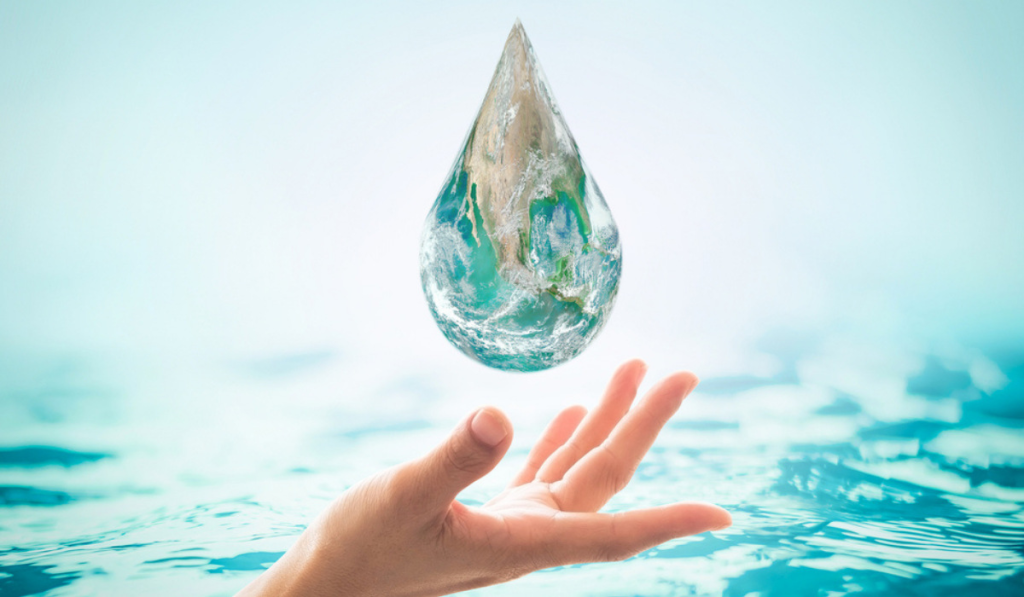Rainwater. The wonderfully soft, free resource we can all benefit from. Do you collect rainwater at your house? Have you considered it? Do you practice water conservation at all?
In the next few paragraphs, I’ll show you how we can save literally millions to billions of gallons of our most precious resource by implementing a few, low-cost methods of saving water. Without water, we cannot exist.
In the old days, everyone I knew had a rainbarrel outside. Heck, we used to dip a ladel my grandmother had hanging on the side of a barrel, into the rainwater and drink it. It was so much better than the rubber-flavored water out of the hose. Of course, we wouldn’t do that during mosquito season, but I distinctly remember enjoying that water. It seemed to taste pure and quenched our thirst.
Nowadays, fresh water is becoming more and more depleted with populations rising at an unprecedented rate, it is becoming an important part of water conservation to incorporate some sort of rainwater collection system. The beauty of it is it’s simplicity and inexpensive implementation.
Whether you water your yard and flower beds, or you have a full blown garden, collecting rainwater could offset our freshwater needs by millions of gallons a year. If 1000 people from each state incorporated a system to catch rain and use it for watering, we could offset water needs by 5,000,000 gallons per state. That would mean 250,000,000 gallons a year for the U.S. alone.
Now, couple that with more conservation efforts inside the home and the numbers become astounding. A few things you can do, inexpensively, are rediculously simple. For instance, putting a brick in your toilet (or even a plastic water bottle full of sand or water) can save approximately 700 gallons a year per toilet.
Go even further by installing low-flow shower heads and faucets in your home. By doing this, you’re increasing your savings even more. In case you cannot afford to change out your fixtures, you can purchase inexpensive aerators for your faucets and still reduce your water consumption.
Listen, you have to pay for water that comes out of your faucet. Why waste money on something you don’t even use. Case in point: while brushing your teeth or shaving, turn off the water until it’s time to rinse. We waste billions of gallons a year just doing these everyday chores. We can save those billions by making sure we use only what we need to get what we need done.

How about washing the family vehicles? I like to drive a clean vehicle, but at an average of 150 gallons per wash, I don’t mind the bug guts and road trash so much anymore. I Water Saving Shower Timer for Sale USA to wash two Suburbans a week religiously. But after putting a pencil to it, I had to rethink my methods. Just to drive a clean car all the time, we were going through 300 gallons of water a week. That calculates to over 15,000 gallons a year just to be prideful. Shame on me.
The high-pressure coin-op car washes were even worse. With more water being used and the mist evaporating into the air, it is even more wasteful. Of course, nowadays a percentage of newer car washes incorporate a full circle system. And when you use one, you know it. Kind of smells like sewer water. You know, the stinky water akin to that which is in those windshield washer containers at the gas station. Whew!
Well, there are waterless car washing products hitting the scene and for just a bit of added expense, you can save that 150 gallons of water per wash. Visit my website and click on the banner. You will be surprised at what technology has come up with in this department.
I have reduced my car washing habits and use the waterless products. So, I only wash once a month and have compared the reduction in my water bill to the cost of the product and the out-of-pocket expense to keep my vehicles looking good isn’t even worth mentioning.
When it comes to using city water to water your lawn, beds or garden, you may not be able to readily afford, monetarily or timewise, to incorporate a rainwater collection system. In that case, soaker hoses work wonders in saving water. You see, when you run a sprinkler, you’re only getting a percentage of that water to the roots. Especially during the sunnier part of the day.
For the garden, you can water the furrows with a soaker. For beds, meander the soaker around the bases of your plants. This keeps the water closer to the roots and doesn’t give it a chance to evaporate before the plants can benefit from it. So, it makes sense to stop purchasing those sprinklers and put your money in soaker hoses and leech lines.
Now, if we incorporated all the above and used the 1000 people per state calculations, our average savings per state would be around 15,000,000 gallons a year. Using the same calculations, we could save 7,500,000,000 gallons a year with almost no out of pocket expenditure. (Now, imagine if 10,000 people per state followed suit) As a matter of fact, once implemented, any savings plan will undoubtedly pay for itself quickly and begin paying you. So, with nothing to lose, what are you waiting for? Go Green!
To find out more about rainwater collection and other water saving tips, visit the website today.
